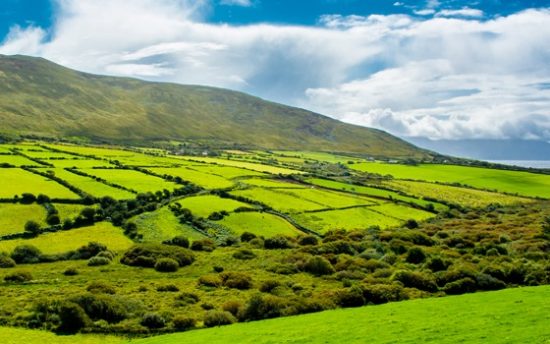By any measure Defra is a department which relies on science to keep the wheels turning.

Where would Defra be without you?
This blog was originally posted on Professor Ian Boyd’s blog on 21 April 2017.
By any measure Defra is a department which relies on science to keep the wheels turning. This was illustrated very starkly to me a couple of weeks ago at the first Defra Science Conference held in conjunction with the Royal Society. This involved over 300 scientists from within Defra and across the wider community of scientists with interests in food, farming and the environment. There was a moment in the proceedings when I thought, if you took all this away how could Defra remain operation? The answer is that, of course, Defra would grind to a halt quite quickly.
For me, the conference represents the culmination of an effort which began in 2012 when I first asked Defra to produce a new Evidence Strategy which was published in June 2014. This was a ground-breaking document because it talked about the science, evidence and analysis which Defra needed across all of its various constituent bodies. It intentionally combined what Defra was doing in to a single package.
Earlier in the same week as the conference Defra also published its Areas of Research Interest. Even if the conference was a chance to take stock and think about the future, this document represents a considerable step forward for a government department and for Defra in particular. The Areas of Research Interest also represent the next step in the process of ensuring that the research needed by Defra to provide the evidence it needs to support policy is clearly defined. It took a further three years to bring this together mainly because Defra is a complex organisation of over 22,000 staff across more than 30 arm’s length bodies and some 5,000 of these staff identify themselves as scientists or engineers. Collating these views, building ministerial confidence about the robustness of the outcome and discussing them with other departments which were attempting to do similar things took time.
But the outcome is worth the wait. What we have created is a clear set of major questions that Defra is asking. Engaging the wider research community in helping to answer these questions is essential.
As I said in a recent article in Nature, Defra tackles some of the most difficult questions facing people and the planet. It is natural for the wider science community to want to engage with these questions.
The conference was subtitled Excellence in the Application of Evidence because there is no disparity between excellence in science and application and there were many examples of excellence and application sitting comfortably side-by-side through the two-day conference. Although much of the conference skated over detail it covered areas as diverse as emerging technology, environmental quality, climate change, food and farming, animal health and the natural environment.
For me there were four strong messages. The first was that there is a very large community of scientists who are enthusiastic to engage with Defra’s interests and that the publication of the Areas of Research Interest will help them to focus their efforts in ways which align with the needs of a Department of State, which is arguably in the public interest. Sir Mark Walport presented the GSE (Government Science and Engineering) Profession, the largest analytical profession across government, which also emphasised that we are a strong, valued and supported body of professionals in government.
The second message was that, as a community, scientists could help more by being much more integrated in their approach. This was a theme I also visited in the Nature article. At the meeting, Dame Julia Slingo urged the community to think about how it could simulate the dynamics of the systems which Defra has to manage. Her vast experience in simulation comes from her time as a globally leading meteorologist and Chief Scientist at the Met Office and I think she makes a good point.
However, third is a message for Defra itself in that it needs to continue to find ways of creating a porous boundary between itself and the wider science community. Some mechanisms exist to do this, such as studentships on secondment, research fellows spending time in Defra and shared or joint appointments. Indeed, even as Chief Scientific Adviser, I have another job as a university academic so it can be done. I know there are many in the academic community who would relish the opportunity to immerse themselves in the policy environment.
The lasting main message, however, is one of huge enthusiasm. As I approach the end of my tenure as the CSA at Defra, I take heart from the way in which the scientific community continues to step up to lead the policy agenda by putting forward ideas and grappling with deeply seated and difficult problems. Indeed, where would Defra be without this support?
This is the first in a short series of blog posts summarising the recent ‘Science for Defra: excellence in the application of evidence’ conference, held at the Royal Society on 29 and 30 March. For more conference outputs see the conference event page and keep your eye on In Verba for summary blogs of the individual sessions by our Fellows.
